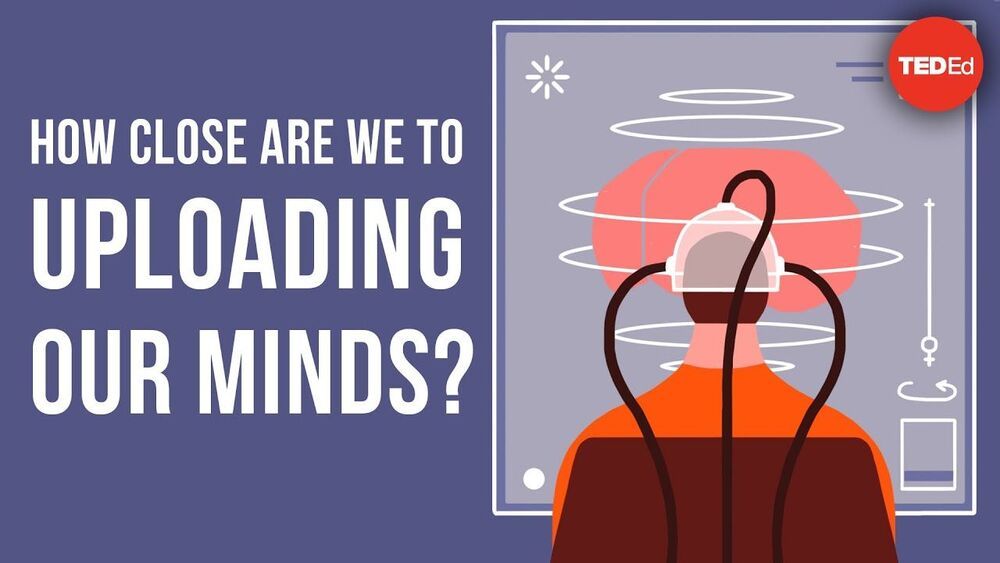Indefinitely. But, nice to see this stuff cracking the mainstream.
The Health Issue.

Indefinitely. But, nice to see this stuff cracking the mainstream.
The Health Issue.
The HI-SEAS mock extraterrestrial base is part of an intensifying effort to get humans ready for living on other worlds, which could well be soon. NASA recently selected SpaceX as the company to build its Artemis lunar lander. At some point, our visits will have to become stays if human space exploration is to go beyond its 20th-century heyday.
Intercepting record numbers of Russian aircraft off of North America’s west coast has stretched Air Force units thin, a top service official in Alaska said Wednesday.
“We have certainly seen an increase in Russian activity. We intercepted over 60 aircraft last year. … We monitor more than that,” Lt. Gen. David Krumm said from Joint Base Elmendorf-Richardson, Alaska, during an online forum hosted by the Air Force Association.
That’s the most action the Alaska Air Defense Identification Zone — a region spanning 200 nautical miles that reaches past U.S. territory and into international airspace — has seen since the Soviet Union fell in 1991. In comparison, the Anchorage Daily News reported in 2015 that the ADIZ averaged about 10 incursions by Russian aircraft each year, like Tu-95 Bear bombers, anti-submarine aircraft, and intelligence-collection planes.
O,.o What a cure for cancer! o.o
Researchers are leveraging the messenger RNA (mRNA) technology used to develop the Pfizer-BioNTech and Moderna COVID-19 vaccines for possible treatments for a range of other diseases, including HIV and cancer.
This has long been thought possible with mRNA technology, but infectious diseases were something of the low-hanging fruit, and the COVID-19 pandemic drove the innovations.
Continue reading “MRNA Tech Used in COVID-19 Vaccines Could be Used to Cure HIV, Cancer and More” »
Cryptocurrency can help Africans access the global financial system, writes Akon, artist and founder of Akoin.
Graphene excels at removing contaminants from water, but it’s not yet a commercially viable use of the wonder material.
That could be changing.
In a recent study, University at Buffalo engineers report a new process of 3D printing graphene aerogels that they say overcomes two key hurdles—scalability and creating a version of the material that’s stable enough for repeated use—for water treatment.
UCLA materials scientists have developed a class of optical material that controls how heat radiation is directed from an object. Similar to the way overlapping blinds direct the angle of visible light coming through a window, the breakthrough involves utilizing a special class of materials that manipulates how thermal radiation travels through such materials.
Recently published in Science, the advance could be used to improve the efficiency of energy-conversion systems and enable more effective sensing and detection technologies.
“Our goal was to show that we could effectively beam thermal radiation —the heat all objects emanate as electromagnetic waves —over broad wavelengths to the same direction,” said study leader Aaswath Raman, an assistant professor of materials science and engineering at the UCLA Samueli School of Engineering. “This advance offers new capabilities for a range of technologies that depend on the ability to control the flows of heat in the form of thermal radiation. This includes imaging and sensing applications that rely on thermal sources or detecting them, as well as energy applications such as solar heating, waste heat recovery and radiative cooling, where restricting the directionality of heat flow can improve performance. ”.
“Multiple printers constructed the building in 200 hours using local soil, meaning it’s zero-waste and needed no materials to be transported to the site.”
Fred Oesch.
Check it out!

It points out that to measure down to the synapse the energy needed would melt the tissue of your head.
Investigate the possibility of scanning the human brain and uploading our minds and consciousness to a digital world.
Continue reading “How close are we to uploading our minds? — Michael S.A. Graziano” »
Pfizer pill to treat COVID symptoms could be ready by year’s end, CEO says.
An oral drug like the one Pfizer is developing could be taken at home and might keep people out of the hospital.
“Particular attention is on the oral because it provides several advantages,” Bourla said. “One of them is that you don’t need to go to the hospital to get the treatment, which is the case with all the injectables so far. You could get it at home, and that could be a game-changer.”
Continue reading “Pfizer Pill for COVID Could Be Ready by End of Year, CEO Says” »